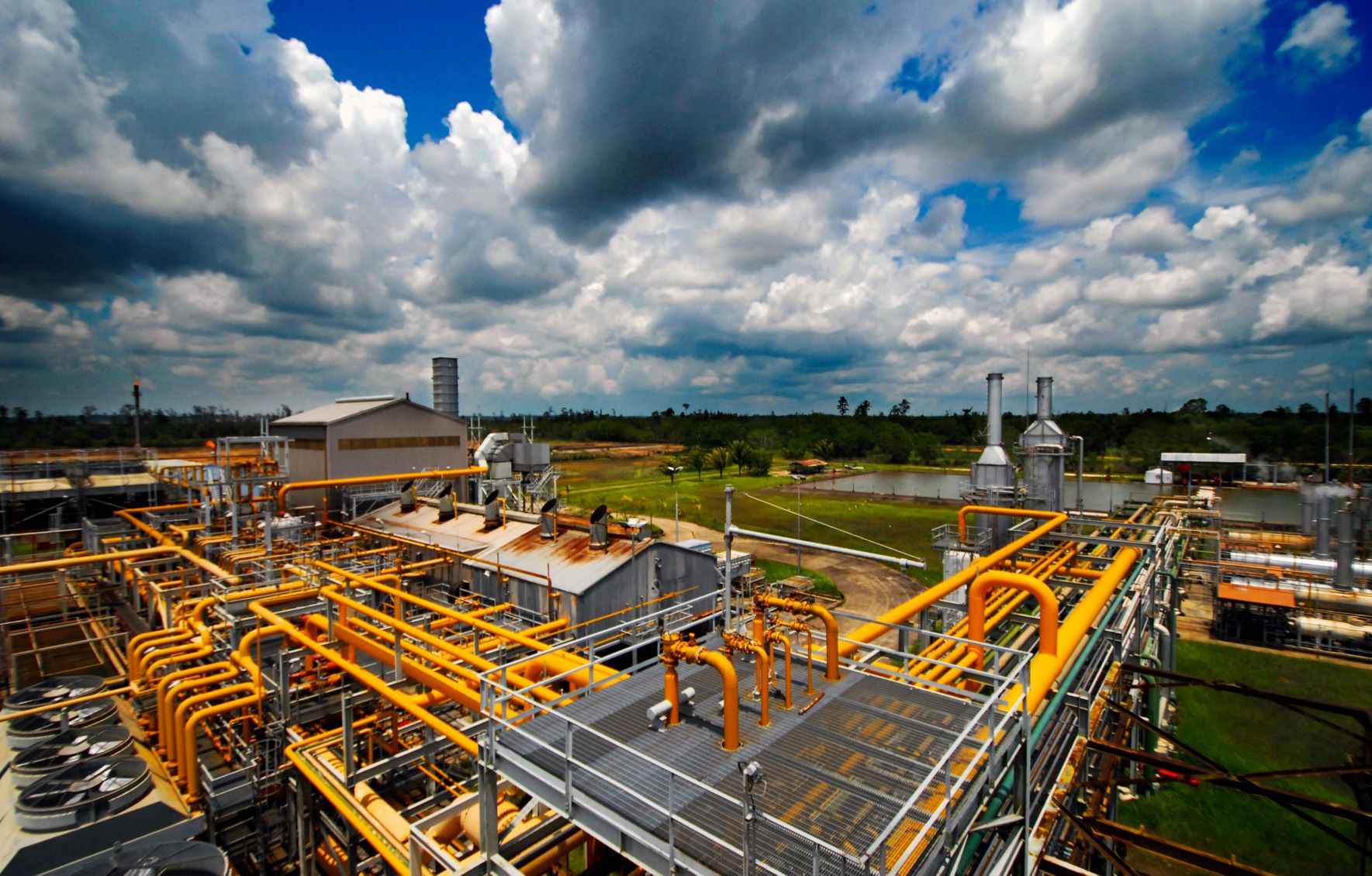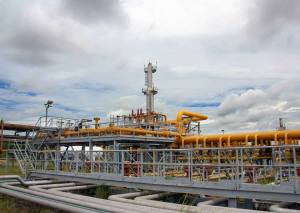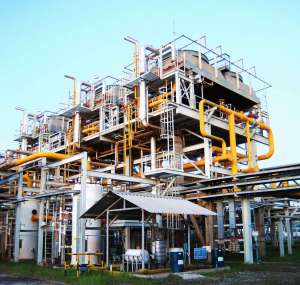07
Jul

Muara Badak– Until the end of the First semester of 2025, PT Pertamina Hulu Sanga Sanga (PHSS) has succeeded in exceeding the oil and gas production target at around 14 thousand barrels per day (BOPD) and 105 million standard cubic feet per day (MMSCFD) of oil production. This achievement is above the RKAP target, which is 104 percent for oil and 112 percent for gas.
Sr. Manager of Production & Project Zona 9 Subholding Upstream Pertamina, Mochamad Fariz, stated that this good production performance was achieved thanks to the strategic steps taken by workers and management in Zona 9, which oversees PHSS, to continue to utilize technological breakthroughs and innovations. "At PHSS, we continue to strive to find new ways to operate the field, including implementing various technologies that are tailored to the characteristics of the field," he explained.
According to Fariz, the synergy and consistency of implementing innovation and technology have a direct impact on increasing production volume and improving the economics of the field. "Alhamdulillah, the innovation and appropriate technology that has been implemented has succeeded in increasing the recovery rate and economics of existing oil and gas wells," he added.
PHSS Field Manager, Widhiarto Imam Subarkah, said that the success of the efforts to increase production achieved by PHSS reflects the Company's and all workers' strong commitment to maintaining the sustainability of national energy production to support national energy security, in line with the mandate of the President of the Republic of Indonesia's Asta Cita.
The Imam explained that one of the keys to success in increasing production is the solid synergy between the Company, workers, government, and stakeholders in maintaining the smoothness, sustainability, and economy of the managed oil and gas fields. "At PHSS, we collaborate with all relevant parties to make various efforts to maintain continuity and increase production through the implementation of several oil and gas lifting methods," he said.
For oil production, according to Imam, the Company applies artificial lift technology. One of them is the use of Permanent Coiled-Tubing Gas Lift (PCTGL), a system that utilizes high gas pressure through flexible pipes that are permanently installed in the well. This technology helps the oil lifting process, especially in wells where reservoir pressure has decreased.
Not only that, the Company also implements an innovative technology called Thru-Tubing Electric Submersible Pump (TTESP). This is a small electric pump that is inserted into the well through an existing tubing pipe to help lift liquid to the surface. This method is highly successful for certain wells that meet the criteria and is still being evaluated to be applied to more wells.
Meanwhile, for gas production, PHSS periodically reactivates gas wells and cyclic gas wells according to the reservoir pressure capacity. If the reservoir pressure is no longer sufficient to flow hydrocarbons, the well must be closed temporarily to allow the reservoir pressure to rise again, and then reactivation can be carried out.
In addition, the Company also utilizes surfactants to help lift gas from wells that meet specific criteria in terms of gas potential, water content, and reservoir pressure. Surfactants function like soap, reducing the surface tension between water and gas, so that gas is more easily released from water and lifted to the surface. The use of surfactants helps produce gas wells that still have potential, but with limited reservoir pressure.
Imam added that another PHSS effort is to operate gas compressors placed near the wellhead (wellhead compressors). This compressor functions to increase pressure, allowing gas wells with relatively low reservoir pressure to flow from the well to the surface and the collection station. Not only that, the Company also utilizes Flared-Gas Recovery Compressors (FGR), which are compressors used to compress gas previously wasted or burned (flared) during maintenance programs, allowing it to be produced again and not lost. With this FGR, PHSS also helps to reduce emissions into the environment.
"The utilization of these compressors is regulated optimally, including by moving them between fields according to needs and ongoing work area development plans. This is done so that the use of production facilities becomes more efficient and flexible," he concluded.
PT Pertamina Hulu Sanga Sanga (PHSS) is a subsidiary of PT Pertamina Hulu Indonesia (PHI) in Zona 9, which manages upstream oil and gas operations and businesses by the principles of Environmental, Social, and Governance (ESG) in the Sanga Sanga Working Area. In East Kalimantan. As a Contractor of Cooperation Contract for the Indonesian government represented by SKK Migas, PHSS together with other subsidiaries and affiliates of PHI continue to carry out various innovations and technology applications to produce safe, efficient, reliable, compliant, and environmentally friendly energy to support the sustainability of national oil and gas production and realize #EnergyKalimantanForIndonesia. More information about PHSS and PHI is available at https://phi.pertamina.com.

